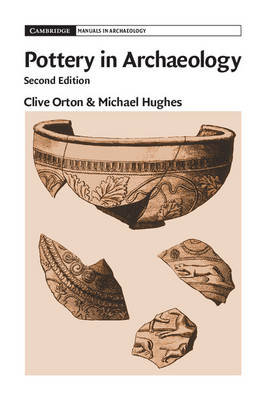Cambridge Manuals in Archaeology
2 total works
This revised edition provides an up-to-date account of the many different kinds of information that can be obtained through the archaeological study of pottery. It describes the scientific and quantitative techniques that are now available to the archaeologist, and assesses their value for answering a range of archaeological questions. It provides a manual for the basic handling and archiving of excavated pottery so that it can be used as a basis for further studies. The whole is set in the historical context of the ways in which archaeologists have sought to gain evidence from pottery and continue to do so. There are case studies of several approaches and techniques, backed up by an extensive bibliography.
The first overview of sampling for archaeologists for over twenty years, this manual offers a comprehensive account of the applications of statistical sampling theory which are essential to modern archaeological practice at a range of scales, from the regional to the microscopic. Bringing archaeologists up to date with an aspect of their work which is often misunderstood, it includes a discussion of the relevance of sampling theory to archaeological interpretation, and considers its fundamental place in fieldwork and post-excavation study. It demonstrates the vast range of techniques that are available, only some of which are widely used by archaeologists. A section on statistical theory also reviews latest developments in the field, and the formal mathematics is available in an appendix, cross-referenced with the main text.

